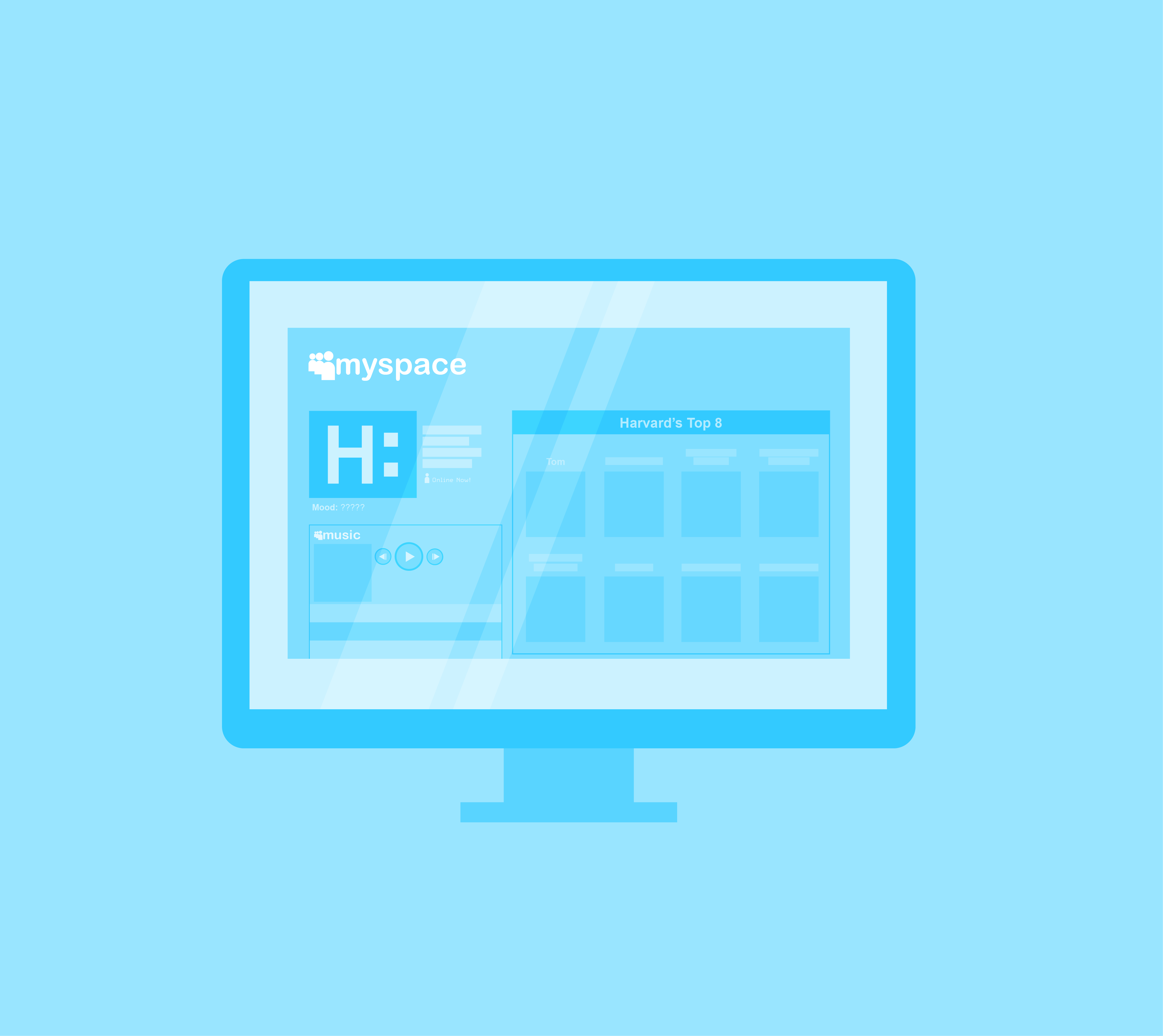Before Tik Tok, Instagram, Facebook, and Twitter, there was a social network that changed the way in which we interacted with the Internet. It set in motion a generational shift that has brought us an overload of selfies, the rise of influencers, and the music of Calvin Harris.
In 2006, MySpace was the most visited site in the United States – above Google. At its peak, it was valued at $12bn, and had over 100 million users. Today, it is confined to the history section of social media.
Before MySpace, few people had a presence on the web. It wasn’t an easy thing to do. Setting up a blog was a big commitment. You had to write regular articles, chose themes, and worry about finding a good URL. Photo-sharing site Flickr was for professional and aspiring photographers. Mobile phone snaps didn’t make the cut – at 3.2 megapixels, the cameras weren’t up to scratch. And for musicians, things were even more limited. Even specialist music platform last.fm was a niche, techy solution, limited in its reach.
Music was a huge part of the MySpace ideal, and central to its success. When the site launched, its founders recruited emerging bands and popular clubs to set up profiles. In a foreshadowing of influencer marketing, they rightly assumed that once bands, clubs, and DJs were on the site, their fans would follow.
Whether you chose to build your identity in words, picture, or music, MySpace was the first site that gave people globally the opportunity to express themselves creatively, connect with people from around the world, and share details about their lives, from the mundane to the intimate. Yes, there were predecessors, but none sparked a movement like MySpace.
From questions to chaos
As the site grew in popularity, the term “social media” barely existed, and the media world looked on in amazement as a generation of teens and young adults was taken in by this mystical force.
The BBC wrote
a piece supposing that “Some parents will doubtless gaze at their offspring busily cultivating friendships online - rather than in the real world - with an air of despair.”
CBS reported the very real danger of sexual predators online,
observing that “a lot of kids aren't very careful about the information they put on their pages.”
And Forbes investigated the
economy of the site, pointing to the fact that “some mainstream advertisers have expressed reservations about participating in MySpace's wild, just-about-anything-goes atmosphere.”
One of the wildest examples of this was the story of Corey Worthington, an Australian teenager who in January 2008 posted: “Parents away, tell yr m8s, u don’t want to miss it, its gonna B huge” (sic).
The message snowballed around the site, and on the night of the party, 500 teenagers showed up, wreaking havoc in the suburban family home and destroying the surrounding neighbourhood.
Before social media, this would have likely remained a local news story, but thanks to the web,
Worthington’s interview on news show “A Current Affair” is now an internet classic.
The host’s desperation at a remorseless rebel teenager culminates in her asking him “What would you say to other kids who were thinking of partying when their parents are out of town?”
Wearing a fur-lined hoodie, a trucker hat, bright-yellow sunglasses, Corey glibly replies “Get me to do it for you”
From chaos to obsolescence
MySpace embraced the “wild-west” element of the internet in the mid-00s. Its user interface started as simple and clean portal layout, but it wanted its users to be in total control of their own spaces. Pages were ultimately customisable – from choosing your top 8 friends, to your colour scheme, choice of widgets, streaming players and “skins” – themes which allowed you to build code into your page.
This meant that everyone’s page could be as unique as they were, but without much guidance or training, most ended up in the style of Frankenstein’s monster – poorly designed, with different parts and features all over the place. It also meant that pages took an age to load, web browsers would crash, and music would play uncontrollably when you just wanted to send your friend a message.
The site became less and less useable. For the masses, something simpler was much more appealing. Facebook, the new kid on the block, had gone back to basics with standardised profiles, making it easier for people to sign-up and get started. It was the antithesis of MySpace. It was University-educated, ad-free, aspirational, metropolitan and exclusive.
MySpace’s culture had appealed to users who were happy to invest their time in building a profile, but the result was an inconsistent mess, punctuated by “duck-face” selfies and Ed Hardy t-shirts.
On top of that, because of its reliance on customisation, the company was unable to easily bring its proposition to the mobile platform. Early smartphone apps needed to be light on processing power, and low on the need for high-speed downloads. MySpace missed the mark on both
By mid-2008, Facebook had surpassed its numbers, and at the end of the year, it had doubled its users to 200 million, while MySpace remained flat.
The once shining light of social networking was never again to return to its glory days, and in 2011, News Corp. sold the business for a reported $35m, just 6% of its purchase price. But despite its failure, MySpace unquestionably played a huge role in shifting our digital popular culture.
Today, we take for granted the ability to share a joke or an observation online, comment on a friend’s picture, stream a favourite band’s music, connect with old friends and new acquaintances. These things have become second nature to all of us, and if it weren’t for MySpace, things could have turned out very differently.

